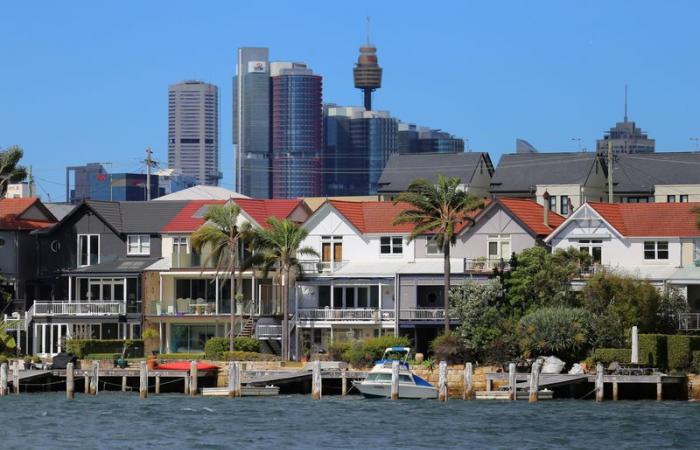Australian house prices will rise steadily over the next two years, due to limited supply and an expected modest easing cycle from the Reserve Bank of Australia, according to a Reuters poll. .
The Nov. 12-28 Reuters survey of 12 real estate analysts forecasts that house prices will rise 5.0 percent next year and in 2026, faster than the results of a monthly survey. of August.
Even though RBA interest rates have increased from 0.10% to 4.35% since May 2022, median house prices in Australia have seen a double-digit increase since the start of 2023, which which highlights the resilience of the real estate market.
This increase is largely due to a shortage of supply, a historically low unemployment rate of around 4% and immigration.
Even though borrowing costs remained near a 13-year high for more than a year, house prices rose for 21 months through October, a trend expected to continue as the RBA is expected to cut rates by 75 basis points next year.
“The Australian property market will continue to be resilient to various economic, political and interest rate factors as there is a significant shortage of supply to meet strong demand for liveable and rental housing,” said Michael Yardney, founder of Metropole, a real estate consulting company.
“Interest rates will fall next year, restoring consumer confidence and making some housing more affordable,” Yardney added.
“First-time buyers are still present in the market, but next year it will be wealthier people, who have more money and property capital, who will be the drivers of demand.
Among major cities, house prices in Brisbane, Adelaide and Perth are expected to increase by 5.0%, 6.0% and 8.3% respectively in 2025. In Sydney and Melbourne, they are expected to increase by 4.0%.
FIRST HOME BUYERS
The median house price increased from A$566,476 to A$874,827 ($368,039 to $568,375) between March 2020 and October 2024, an increase of 54%, according to Corelogic data. Average wage growth is significantly slower.
“What we have seen over this cycle in particular is a substantial decline in borrowing capacity relative to the continued strong growth in house prices. So it is likely that the gap between capacity people’s borrowing and the cost of final housing is holding up,” said Johnathan McMenamin, of Barrenjoey.
Any rate cut from the RBA, which remains the only major central bank yet to lower borrowing costs, may not come for several months.
Meanwhile, to address the shortage, Australian Prime Minister Anthony Albanese launched a new construction program in October and pledged to build 1.2 million homes by 2030.
(Other stories from the Reuters fourth quarter housing poll)
($1 = 1.5392 Australian dollars)






